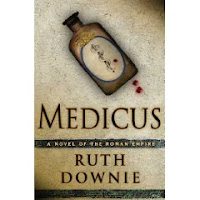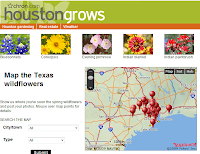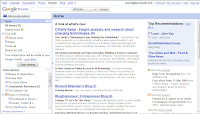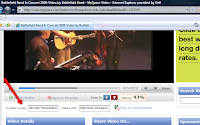Tiny Houses

In 1945, the average Canadian house size was 800 square feet. In 2006, it was 1800 . And yet, household size is decreasing. Tiny Houses , by Mimi Zeiger, looks at 30 houses, all under 1000 square feet. One renovated house includes two units – a 600 sq. ft. house and a 400 sq. ft. in-law suite. There is a guest-sleeping loft in the space above the kitchen cabinets. The tiny, three-storey Japanese house in the photo looks a little claustrophobic to me! It’s made of reinforced plastic and perforated steel grating. Zeiger, editor of Loud Paper Magazine , lives in a studio apartment and says that she uses public spaces when she wants more space: “I go up to the park, the farmers’ market, or the local café so not only am I living tiny but I’m living big in the real world.” A reviewer suggests that the tiny houses could serve as a blueprint for a much-needed architectural trend: modesty. (via Dwell )






